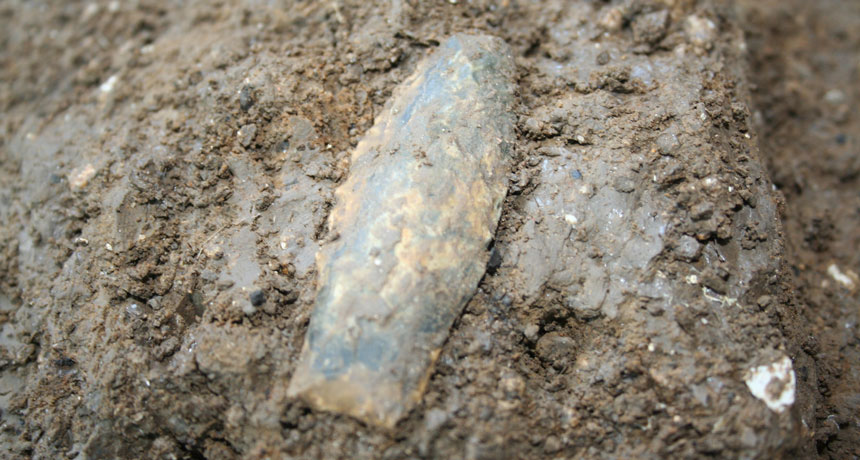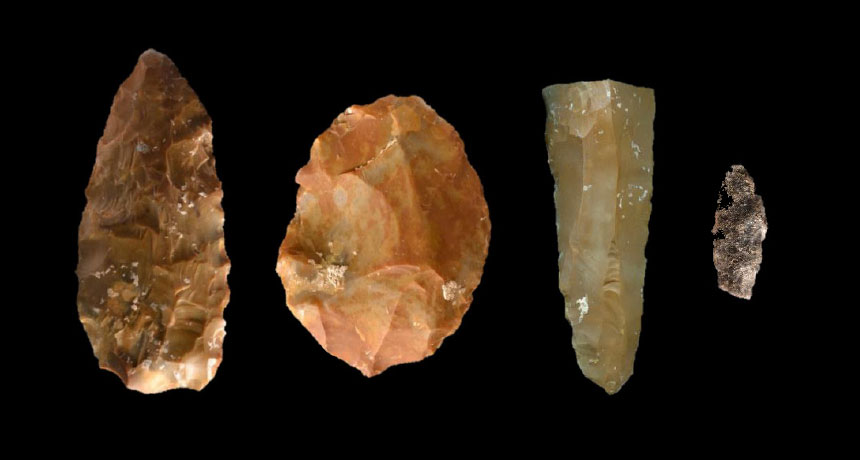Study Confirms First Americans Came Before Clovis
A team of international researchers has found that modern-day humans entered North America as part of a single migration wave no earlier than 23,000 years ago.

Related Post
A shocking documentary proves that mermaids do exist
SHOCKING Revelation: Thuya, Mother of Queen Tiye, Was the Grandmother of Akhenaten and Tutankhamun—What Ancient Egyptian Secrets Did She Leave Behind?
Breaking News: Astonishing Discoveries at Karahan Tepe Confirm an Extraterrestrial Civilization is Hiding on Earth, and NO ONE Knows!
Breaking News: Researchers FINALLY Discover U.S. Navy Flight 19 After 75 Years Lost in the Bermuda Triangle!
NASA’s Secret Investigation: Uncovering the Astonishing Mystery of the UFO Crash on the Mountain!
Explosive UFO Docs LEAKED: Startling Proof That Aliens Ruled Ancient Egypt!

 “The genetic evidence shows that the first Native Americans came from one population that arrived around 15,000 to 16,000 years ago and then split into two different branches around 13,000 years ago,” Waters explains.
“The genetic evidence shows that the first Native Americans came from one population that arrived around 15,000 to 16,000 years ago and then split into two different branches around 13,000 years ago,” Waters explains. When comparing the genetic affiliations of sequenced ancient samples from the Americas, the team found that several samples were genetically more closely related to modern-day populations from the same geographical location. This result indicates that there was a genetic and geographic continuity of Native American groups across the millennia in at least some parts of the Americas.
When comparing the genetic affiliations of sequenced ancient samples from the Americas, the team found that several samples were genetically more closely related to modern-day populations from the same geographical location. This result indicates that there was a genetic and geographic continuity of Native American groups across the millennia in at least some parts of the Americas.